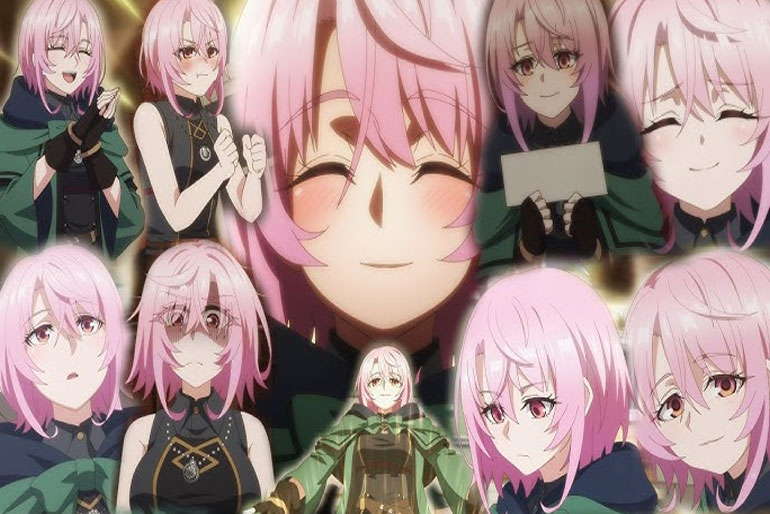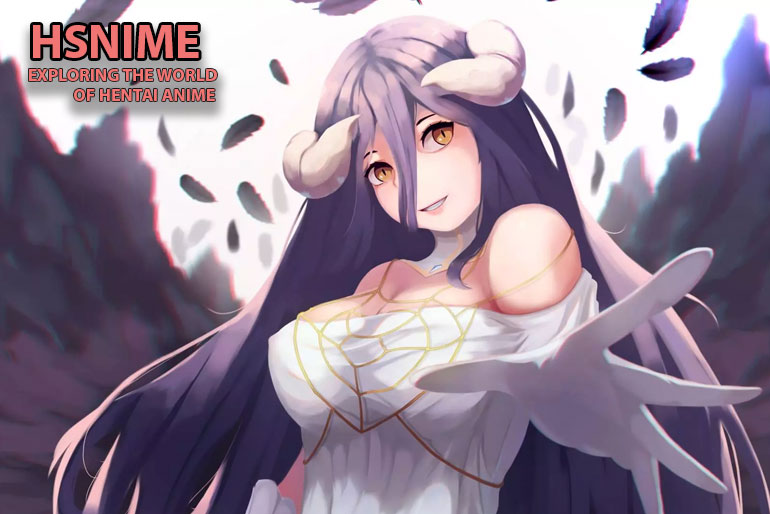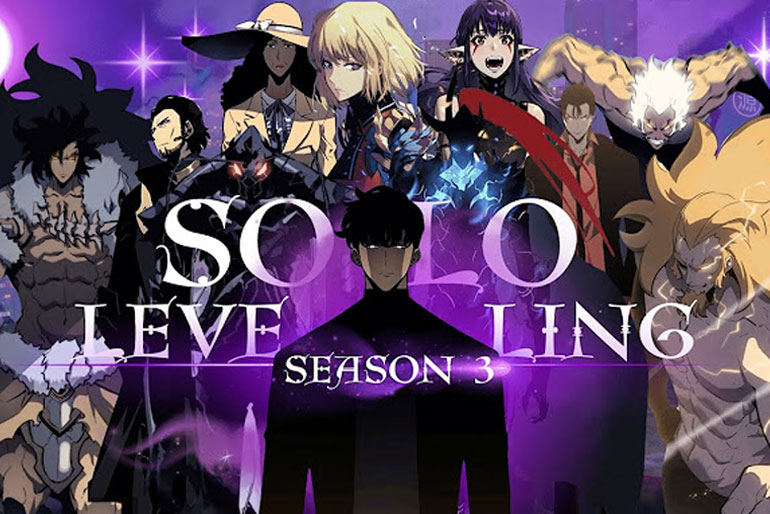Have you ever heard stories about enigmatic beings who hover between cleverness and mischief? The world of myth and lore is filled with entities that capture our imagination, and one such figure is Sitri. In certain occult traditions, Sitri is described as a spirit or demon with unique powers and a cunning personality. Some wonder if Sitri can be considered “smart evil,” which brings up all sorts of interesting questions.
In this article, we will dive into the nature of Sitri as presented in various accounts, explore what “smart evil” might mean, and see how legends and personal beliefs shape our understanding of such a mysterious presence. Everything you read here is intended to be simple and conversational, so if you are curious about demonic lore, or just like to think about how mythic beings might operate, you are in the right place. We will do our best to avoid complex jargon, stick to straightforward language, and keep things engaging from start to finish.
Who (or What) Is Sitri?
Sitri is mentioned in a famous grimoire known as the Lesser Key of Solomon, particularly within the section called the Goetia. This text, which is hundreds of years old, lists a number of spirits or demons, each with its own rank, powers, and personality. According to these sources, Sitri is said to be a powerful prince who can stir up love and desire between individuals. Traditional stories portray him as having a dual nature, sometimes described with a human head and sometimes with a leopard head or features, creating a sense of otherworldly strangeness around him.
It is common for each Goetic spirit to have unique talents. Sitri’s domain focuses on matters of the heart or passion, and many accounts suggest that Sitri’s abilities can provoke intense feelings in people. That might sound intriguing to some, but it also opens up questions about manipulation and harm, as controlling another person’s emotions can be unethical or even dangerous.
So is Sitri purely an embodiment of evil? Ancient grimoires often brand any demon-like entity as evil by default, yet some modern interpretations offer a broader perspective. There are people who argue that these entities, labeled as demons, are more like neutral forces that humans can engage for their own ends. If a person wants to harness certain energies—like those of love, lust, or fascination—they might call upon Sitri. The moral dimension then depends on the user’s intentions rather than on Sitri alone.
Understanding “Smart Evil”

Before we can decide if Sitri qualifies as “smart evil,” we need to unpack what that term means. When we call something “smart evil,” we often imply a combination of cleverness, strategic thinking, and malicious intentions. We picture a cunning force that uses intellect to manipulate or achieve destructive results. This differs from mindless or brute-force evil, where destructive actions stem from raw power without much planning.
A “smart evil” figure might:
- Use knowledge and information to gain power over others.
- Manipulate emotions and perceptions to create conflict.
- Plan actions carefully, maximizing chaos or suffering.
- Appear harmless or even helpful in order to lure potential victims into a trap.
In myth, literature, and pop culture, cunning tricksters are widespread. They might not always be purely evil. In some tales, tricksters are morally gray, doing good and bad things with a playful or experimental streak. However, if we are focusing on beings that explicitly cause harm, these tricksters might lean more toward a negative moral standing.
Sitri’s Reputation and Powers
In the old grimoires, Sitri’s power is mainly associated with love, lust, and attraction. This could suggest a manipulative side, because controlling someone’s romantic or sexual desires can lead to harm if done without consent or regard for the individuals involved. The question is whether Sitri uses this power for malevolent purposes or simply provides a service for those who summon him.
Historical descriptions often portray these spirits as neither kind nor altruistic. They are said to demand respect, offerings, or a form of tribute. In the context of ceremonial magic, conjurers or practitioners would typically follow strict rituals, recitations, and protective measures. This hints at a need to control and protect themselves from the spirit’s potentially dangerous side. If Sitri were purely benevolent, elaborate protective rituals might not be so crucial.
Many accounts warn that if a summoner is unprepared or not disciplined, they might lose control over the spirit’s influence. In other words, Sitri’s energies could cause chaos or heartbreak. This scenario lines up with the concept of a “smart evil” presence: cunning enough to exploit weaknesses, but not necessarily compelled to do so unless the summoner fails to maintain boundaries.
The Role of Belief Systems
Whether one deems Sitri “evil” at all depends on personal belief. In some religious or spiritual traditions, any demonic entity is inherently wicked, because it is believed to function in opposition to the divine. In such viewpoints, the intelligence of the spirit only increases its capacity for harm.
On the other hand, more esoteric or modern magical systems suggest a nuanced outlook. These frameworks view spirits, demons, and other non-human entities as forces of nature or aspects of the collective unconscious. Instead of labeling them as purely evil, they see these beings as metaphors or energies that can be tapped into for specific goals. For instance, Sitri might represent the raw energy of passion and attraction, which can be constructive or destructive depending on how it is channeled.
Those who favor a neutral perspective may argue that calling Sitri “evil” is too simplistic. They believe that negative or positive uses of Sitri’s power lie in the hands of the practitioner. This echoes how fire can be used to cook food or destroy a forest, depending on the intention and skill of the person controlling it. However, from a more traditional perspective, the mere act of attempting to work with a demon is considered morally dubious.
Is Intelligence the Key to Evil?
If we accept that Sitri (or any spirit in the Goetia) has a certain degree of intelligence, the next question is whether that intelligence always serves a malicious purpose. Some stories talk about cunning and trickery as core aspects of demonic personalities. They are said to be bound by the rules of the ritual or oath but will twist words to achieve their own ends. This would be a textbook example of “smart evil,” since the demon would have the wits to manipulate loopholes, exploit vulnerabilities, and find ways to trick the summoner.
Yet we must also consider the possibility that Sitri’s intelligence is morally neutral. Intelligence can be a tool that doesn’t necessarily push someone toward evil. Think about real-world examples: a sharp mind can be used to cure diseases or orchestrate harmful schemes. Without direct accounts of Sitri deliberately causing suffering for personal pleasure, labeling him as “smart evil” might be an oversimplification. That said, if we rely on the traditional approach that lumps demons into the realm of malevolence, Sitri’s intelligence might be viewed as a dangerous attribute.
Modern Pop Culture Influences
In modern pop culture, demons are often depicted in various ways. Sometimes they are the ultimate villains, sometimes they are unlikely allies, and sometimes they even become romanticized antiheroes. We see this in television shows, movies, novels, and even online discussions about demonology. Sitri is not as famous in mainstream culture as demons like Lucifer or Baal, but there are niche communities and creators who expand on the personalities of lesser-known spirits from the Goetia.
Within these modern interpretations, Sitri’s love-centric powers can be turned into a narrative device. For example, a story might portray Sitri helping a protagonist realize hidden desires or form a beneficial partnership. Another story might show Sitri manipulating characters into disastrous obsessions. The difference often hinges on the motivations of both the summoner and the demon. This shows how moral ambiguity can color our perception of these entities. They could appear as cunning villains, helpful mentors, or something in between.
The Nature of Attraction and Manipulation
Let’s consider why a spirit focused on attraction could be deemed evil. Attraction is a powerful force in human relationships. It can inspire artists to create masterpieces, lovers to form deep bonds, and societies to evolve in positive ways. However, it can also lead to jealousy, heartbreak, and destruction if manipulated or intensified without moral considerations.
If Sitri has the power to amplify these feelings, the question becomes: does Sitri do it for personal gain, for mischief, or simply because that’s his nature? Myths rarely present a clear-cut answer. People who adhere to the belief that all demon-like beings are corrupt might say that Sitri’s main purpose is to tempt humans into harmful lust and unhealthy obsessions. Conversely, those who see these entities as neutral might say that Sitri provides a catalyst, and it is up to humans to handle the results responsibly.
One could argue that Sitri’s domain is neither inherently good nor bad, because love and desire can be a source of great joy or immense pain. The moral outcome is determined by how these emotions are nurtured or exploited. If you think about it in human terms, being able to inspire love isn’t automatically evil. But if you twist that power to force someone’s affection, that aligns more closely with a manipulative or even villainous act. It takes intelligence to maneuver these subtleties, and that intelligence might be used for cruelty if that is the spirit’s goal.
Psychological Interpretations
Some people interpret demons as psychological archetypes rather than external supernatural beings. If we take a psychological approach, Sitri becomes a symbol for the deep and sometimes chaotic aspects of human passion. In this sense, “summoning Sitri” could be a metaphor for engaging with powerful romantic or sexual impulses within oneself.
When viewed this way, branding Sitri as “evil” might be seen as projecting our own fears and anxieties about desire onto a mythic figure. The “smart” aspect could refer to our own mind’s cunning ways to justify or pursue desires that we know might not be healthy. In that light, Sitri represents the complex interplay of attraction, temptation, and manipulation.
Whether that interplay is evil or not is subjective. Some might see it as a natural part of being human that needs regulation and ethical awareness. Others might consider it inherently destructive if not carefully managed. The psychological viewpoint allows us to explore the concept of “smart evil” without insisting on a literal demonic entity.

So, Is Sitri Smart Evil?
Answering this question depends heavily on your worldview. If you hold a traditional religious perspective that views demonic entities as corrupt by nature, then Sitri’s intelligence and ability to manipulate feelings could certainly classify him as a “smart evil.” He would be a cunning presence, capable of leading humans astray by exploiting their vulnerabilities.
If you lean toward a more neutral or esoteric perspective, you might see Sitri as a representation of powerful forces—love, lust, and magnetic charm—that can be used for positive or negative ends. The intelligence behind those forces can be harnessed in various ways. In this scenario, calling Sitri evil might be an oversimplification, because the moral weight lies in the hands of whoever interacts with that power.
Lastly, from a purely psychological viewpoint, Sitri can be a symbol of our own capacity for manipulating or misusing our desires. The “smart evil” label would then point toward the shadow aspects of human nature: we sometimes knowingly hurt others or ourselves when guided by unchecked passion. In this interpretation, Sitri is less an external threat and more a mirror reflecting hidden parts of ourselves.
Finding Your Own Perspective
If you find these topics fascinating, it’s worth reflecting on why you’re drawn to them. Are you curious about the idea of an otherworldly being influencing human emotions? Or do you see these legends as metaphors for our inner struggles and moral choices? Your perspective will shape whether you conclude that Sitri is an entity of pure malicious cunning or a morally neutral force that becomes dangerous only in the wrong hands.
Here are some parting thoughts:
- Context matters. In the historical context where demons were viewed as foes of the divine, Sitri’s intelligence would naturally be seen as part of a larger evil agenda.
- Neutral vs. evil. Modern occult practitioners might argue that labeling every spirit as evil is too black-and-white. They see these energies as versatile and ethically pliable.
- Psychological lens. Seeing Sitri as a symbol for human desire reminds us that intelligence and moral choices go hand in hand. The power of attraction can heal or harm.
- Personal beliefs. Ultimately, each person’s moral framework influences how they judge spiritual beings. Someone with a strict religious background might be more inclined to see Sitri as dangerous and cunning, while someone else might view him as a representation of natural urges.
Conclusion
Is Sitri “smart evil”? The answer is not universally agreed upon. Traditional demonology sources paint Sitri as a potentially harmful spirit with a cunning edge, which supports the “smart evil” idea. Yet modern interpretations can be more open-ended, allowing for a neutral or psychological view that hinges on human intention. In other words, Sitri could be seen as a force that reveals how easily people can be influenced by emotions, especially when intellect and cunning are involved.
What remains consistent is the fascinating blend of passion, intelligence, and moral ambiguity that Sitri represents. Whether you think of him as a literal supernatural entity, a metaphor, or something in between, the stories raise questions about manipulation, consent, and the power of desire. It’s a reminder that even in our modern world, age-old questions about good, evil, and free will still captivate our minds. Sometimes the answers lie in the stories we tell, the beliefs we hold, and the ways we interpret the mysteries around us.




